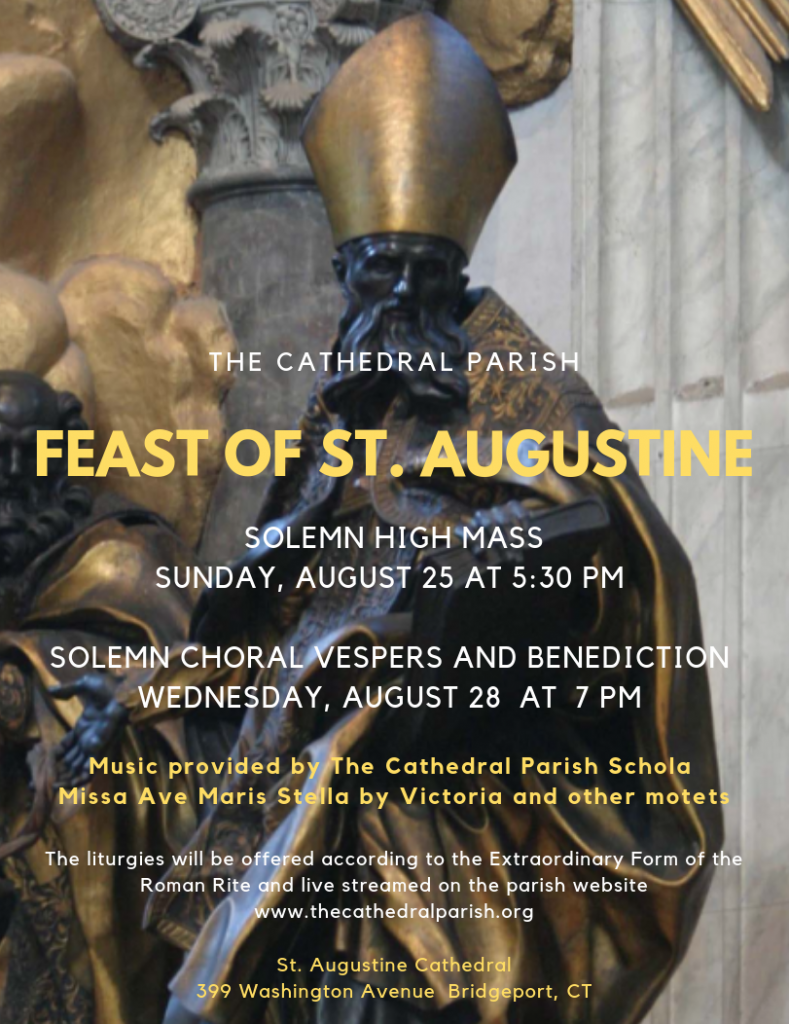
20
Aug

19
Aug
Hope springs eternal……
Posted by Stuart ChessmanFrom the inimitable Msgr. Charles Pope:
A Modest Proposal
A few bishops in our country have adopted a stance that I think can help. It involves teaching the faithful and encouraging — but not requiring — priests to adopt certain practices designed to foster greater reverence, more solemn demeanor and increased focus.
For example, a few bishops have informed their priests that they may gradually reintroduce the ad orientem stance for the Eucharistic Prayer.
The same can be said for the gentle reintroduction of other pious traditions, such as kneeling for Holy Communion and receiving on the tongue, restoring altar rails, the wider use of Latin, and more silence.
It’s going to be a long journey. I realize that some who read this will say, “Why don’t we just admit that the Mass of 1970 was a failure and put everything back the way it was — now!” But that just isn’t realistic. The ordinary form is here to stay; more than 90% of Catholics attend Mass in the ordinary form. Parishes are diverse, and people have differing sensibilities. Within this complex reality, it is prudent to reintroduce things gradually and by way of offering more options. It is an important step toward loosening the grip of the liturgical police and permitting greater freedom to pastors and parishes under the guidance of their bishops who, I pray, will see wisdom in this gentle way forward. SOURCE
Notwithstanding that Msgr Pope recognizes that after 40+ years the “reform of the reform” has been a total failure: The once-hoped-for “reform of the reform,” wherein the ordinary form could retain advantageous aspects, such as the new lectionary and a wider use of the vernacular while benefiting from the reintroduction of a more reverent ars celebrandi, a healthy dose of Latin, wider use of kneeling for the reception of Holy Communion, and the ad orientem stance for the Eucharistic prayer, seems to have stalled.
Notwithstanding that the current supreme pontiff has specifically rejected these practices and has actually prohibited the use of the term “reform of the reform.”
Notwithstanding that the principal advocate of this approach, Benedict XVI, was able to accomplish absolutely nothing in this direction in the course of his pontificate.
Notwithstanding that the existence in Europe of selected but prominent churches (e.g., those of the Oratorians in the UK, major baroque churches and cathedrals in South Germany and Austria) that celebrate Novus Ordo liturgies which retain many of the trappings of the Traditional Mass has done nothing to prevent an even more rapid collapse of the faith there than in the US.
But on the bright side – and truly solid ground for hope: am I to deduce from Msgr. Pope’s remarks that he believes that up to 10% of Catholics now attend Mass in the extraordinary form? That’s an amazing shift in a little over ten years!
19
Aug
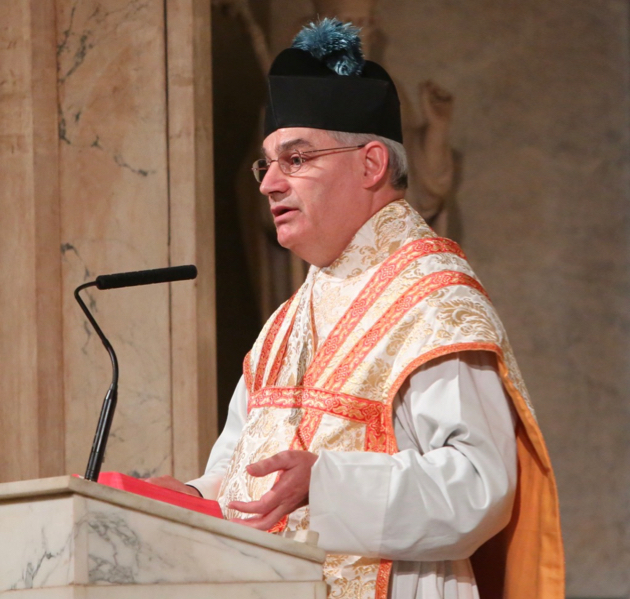
Canon Jean Marie Moreau of the Institute of Christ the King is visiting the United States. He’ll be saying Mass at Church of the Holy Innocents, New York at 6:00 PM on Wednesday, August 21st and again on Thursday, August 22nd. There will be a small reception after Mass at Holy Innocents on Wednesday. He wants to be sure that all of you, his friends, know about his visit.
Canon Moreau was pastor of St. Antony of Padua Oratory in West Orange until he was transferred to an assignment on the island of Mauritius in 2016
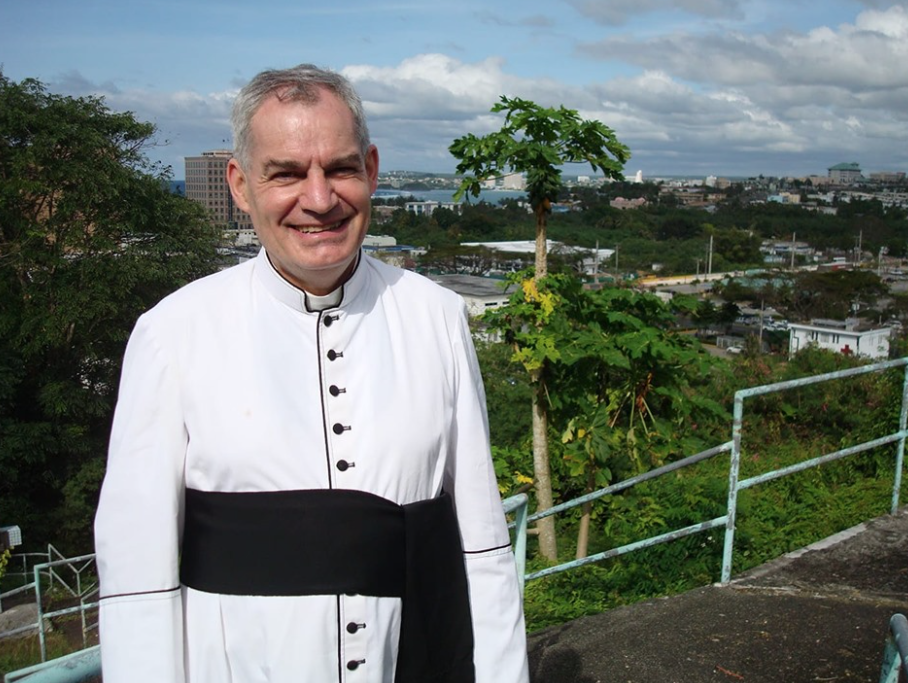
19
Aug
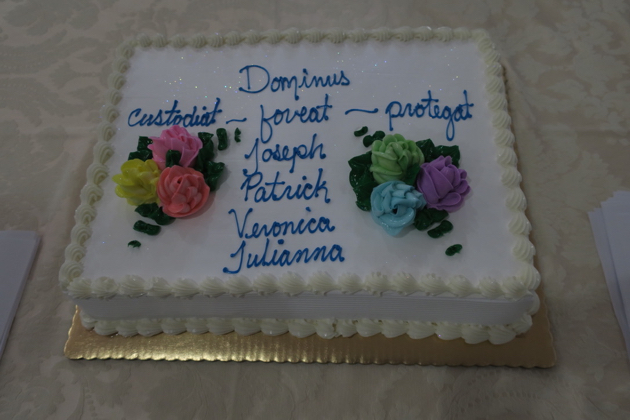
After the 9:30 Solemn Mass at St. Mary’s Norwalk yesterday, parishioners bade farewell to four young men and women who are answering God’s call to religious life. Two men are entering Our Lady of Guadalupe Seminary of the Priestly Fraternity of St. Peter. Two young ladies will enter religious communities, one to the Abbey of the Benedictines of Mary, Queen of Apostles in Gower, Missouri, and the other to the Carmel of Jesus, Mary, and Joseph, Fairfield, Pennsylvania. We commend them to your prayers.
Of course, it probably comes as no surprise to our readers, that one parish has had so many vocations—and not just this year. It’s becoming obvious to everyone—bishops excluded: the Traditional Mass nurtures vocations.
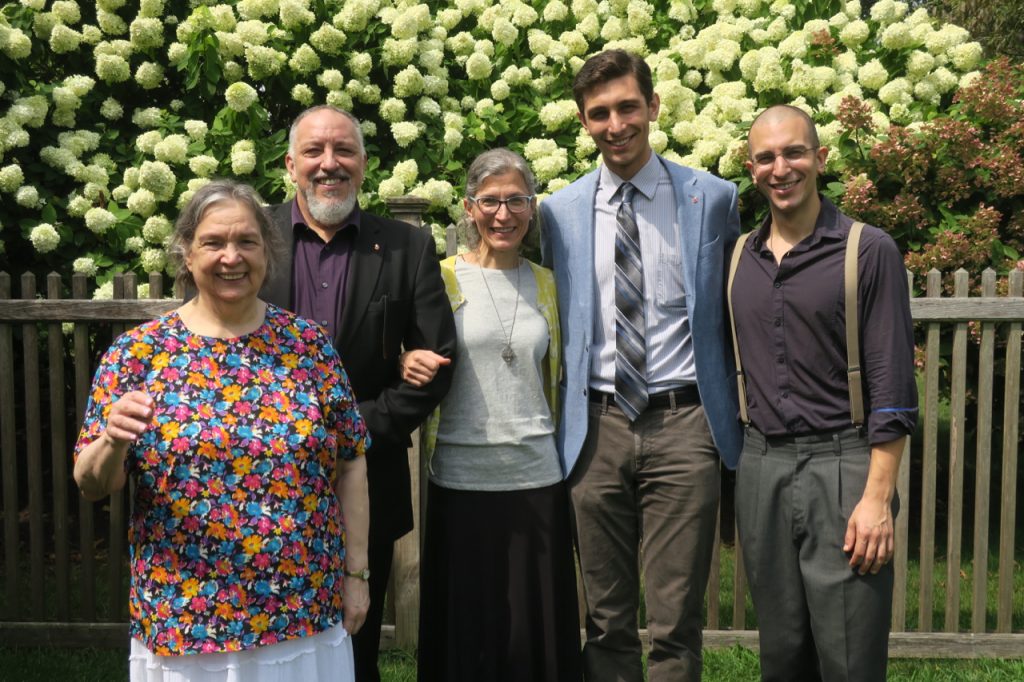
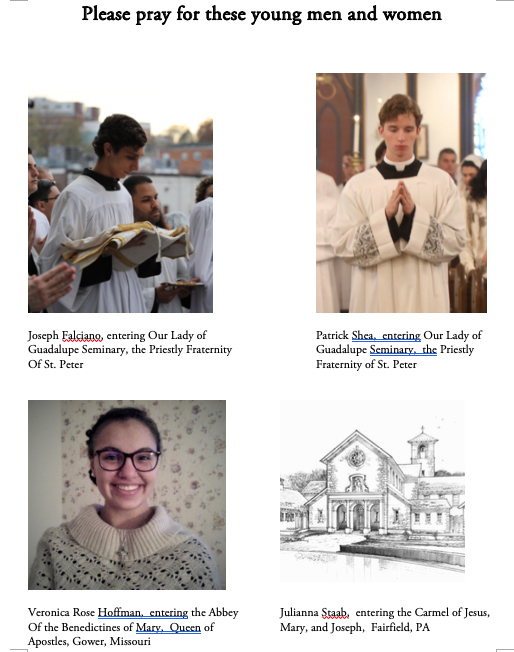
16
Aug
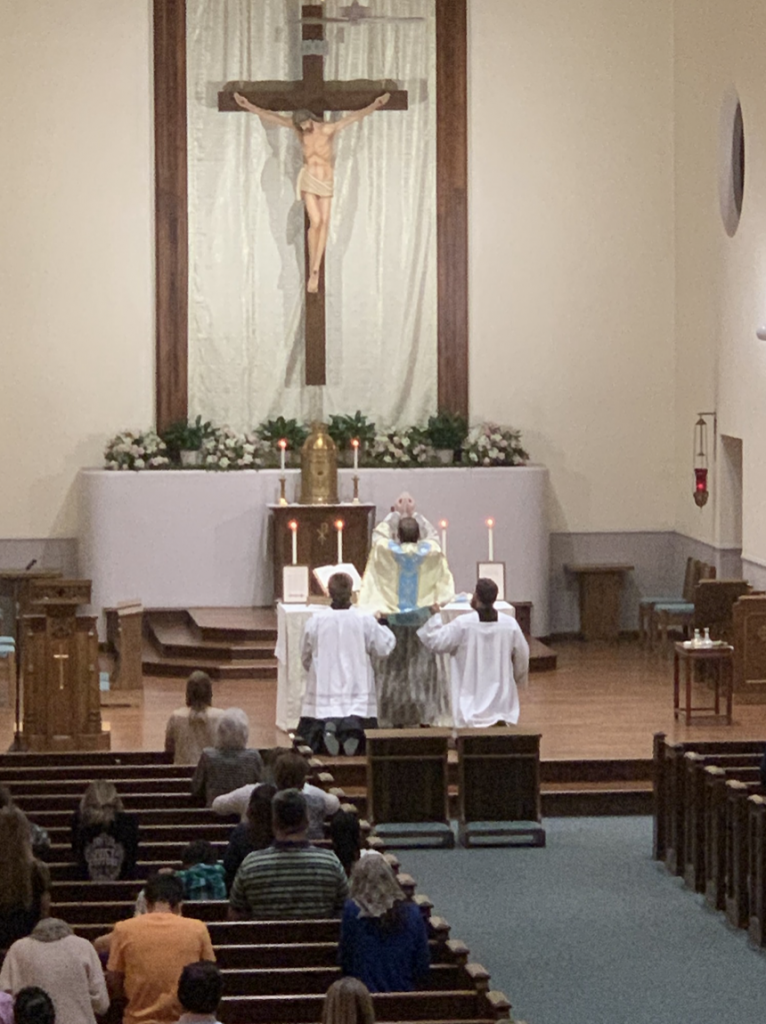
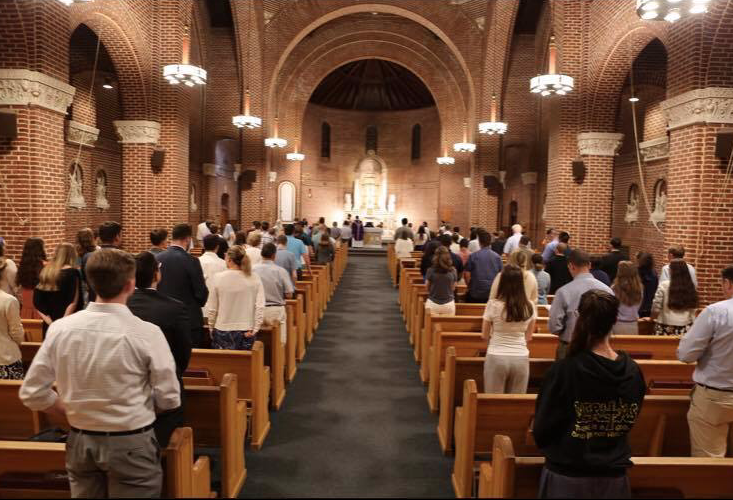
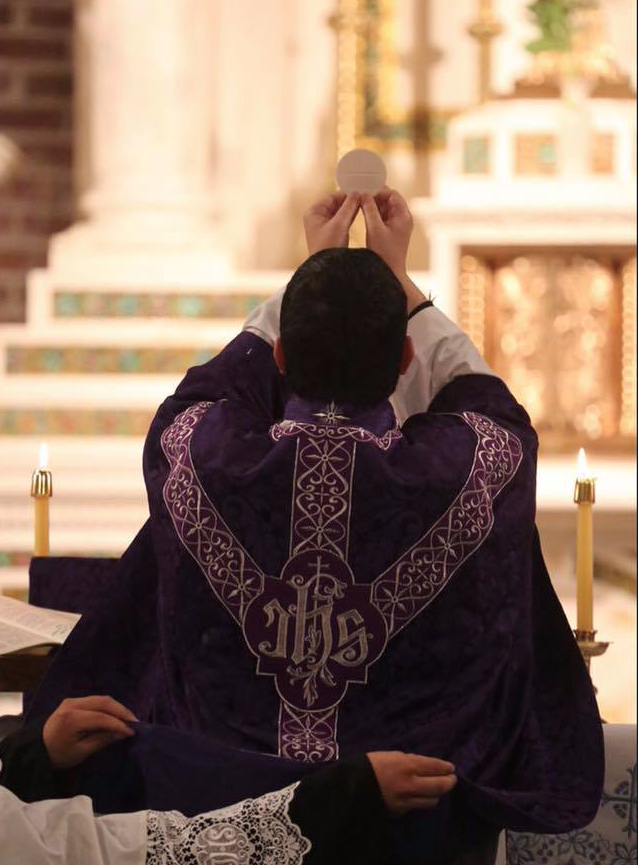
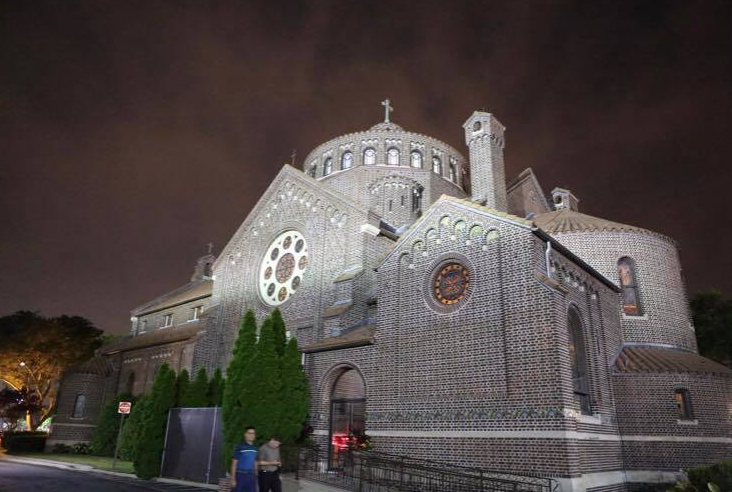
Offertory proper and the motet “Quae est ista” by Palestrina at St. Mary Church, Norwalk, CT (courtesty of Edwin Gonzales, Adaltaredei Facebook page)
10
Aug
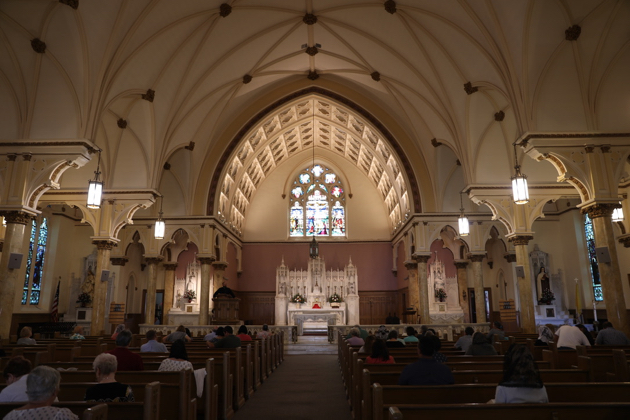
Today Fr. Michael Novajosky offered a Missa Cantata for the Feast of St. Laurence, at St. Patrick’s Church in Bridgeport, CT. It was part of a one-day silent retreat, “The Eucharist and Martyrdom.”
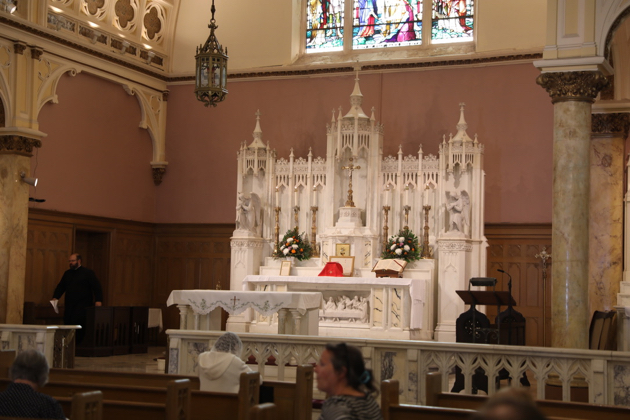



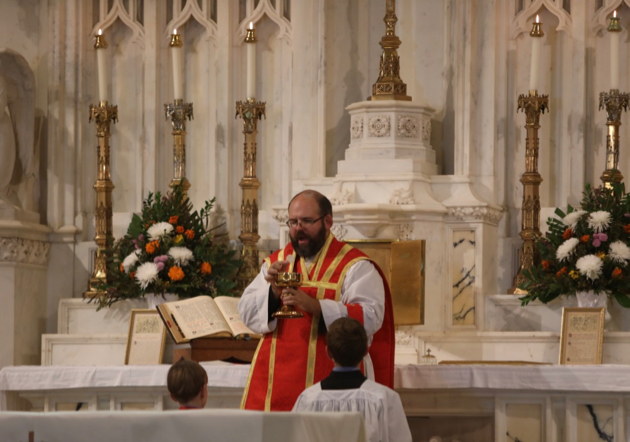


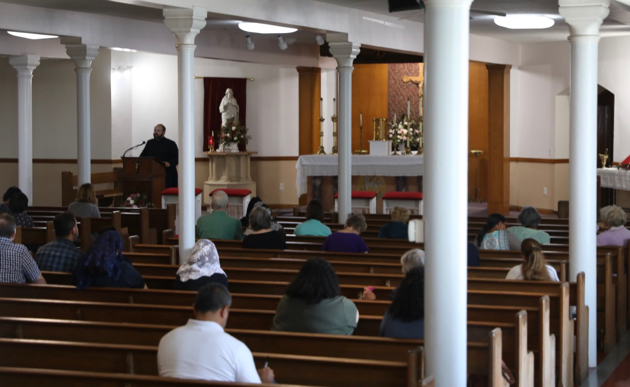
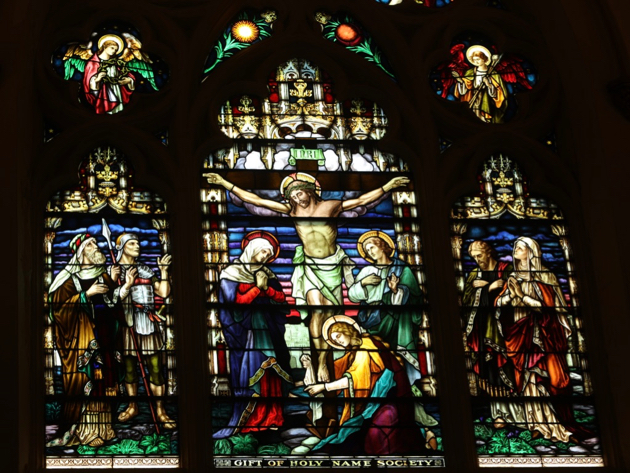
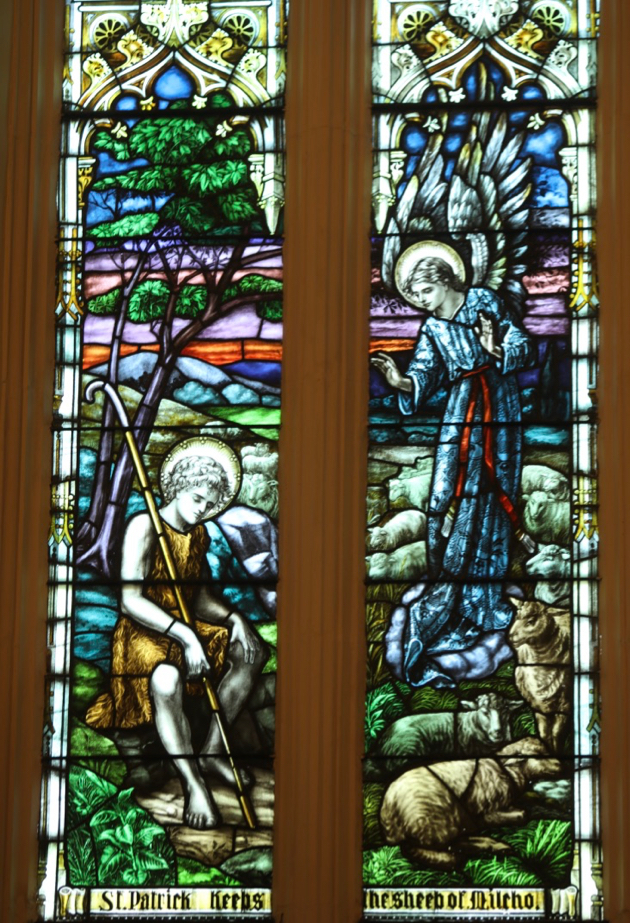
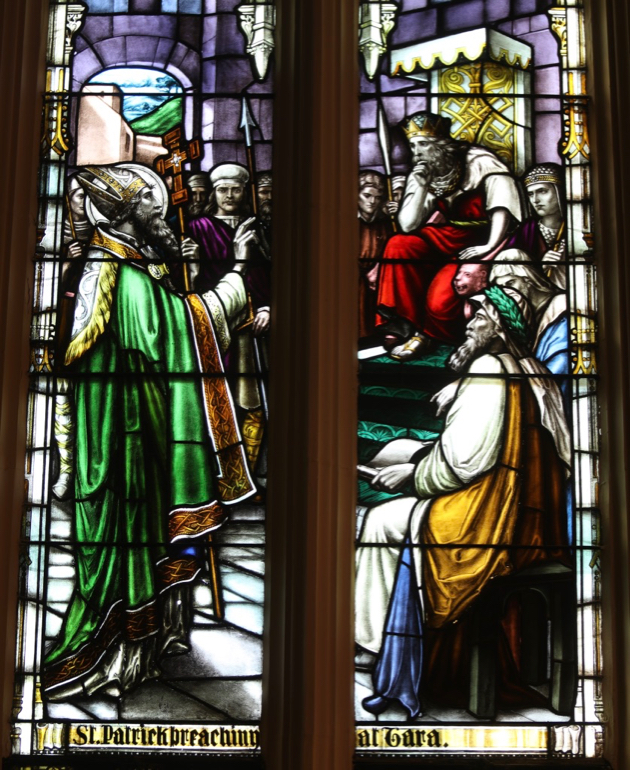

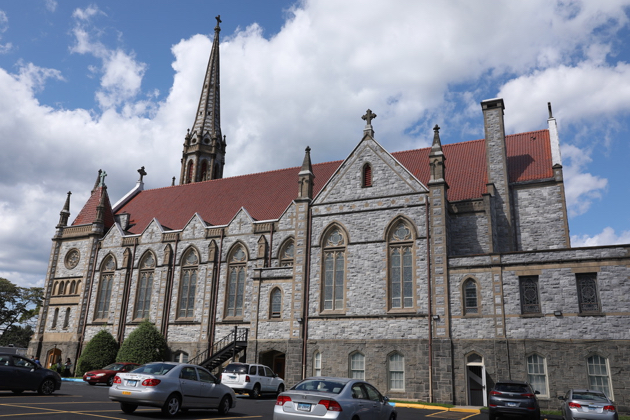
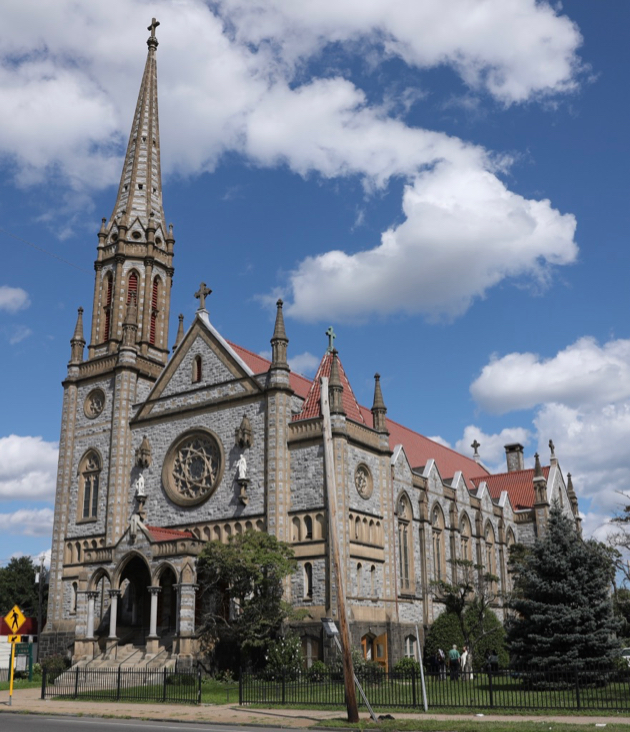
5
Aug

By Susan-Jayne F. Caballero
As so with all of the liturgical arts, sacred vestments are essentially permanently fixed in our view while we attend Mass and we are reminded of their historical importance. Until the Seventeenth Century, the term “man of the cloth” meant any man with a designated work uniform but eventually applied only to clergy. There’s something dignified and instinctively symbolic, with Christ, His Church and the linens that serve their Divine purpose in the Mass. Sacred vestments become a living memorial and are highly tangible to our senses as they move about with the priests who wear them in persona Christi. They soak in the fragrance of incense, offer beauty in colorful symbolic motifs and feel rich to the touch with the luster and gentility of finely woven natural fibers.
This very functional contact with humanity is a beautiful mystery when contemplating Christ clothed with the very finest offering the earth can provide. Naturally, it’s nearly impossible to explore the entire development of sacred vestments in one sitting. However, a succinct focus that comes to mind is presented through the redemptive work going on all over the world to lovingly save sacred vestments in disrepair. Miraculously, many fine vintage sets are still employed at Mass, and more hands are being offered in prayer to assist with care and maintenance, Deo Gratias!

While vintage pieces are studied and restored, new creations move the story to the next chapter in a continuous thread of technique, devotion and tradition. The truth is, all kinds of varieties of ecclesiastical tailoring, lacemaking, woven cloth, embellishment and decoration are alive and well in several areas across the globe. Particularly interesting is the beautiful bridge between textile décor and sacred vestments. Nothing brings forth more joy than when I see synergies emerge between the two as they have throughout history. Tradition intersects now with technology, and a simplicity exists in a unique way. Artisans and vendors of all kinds connect domestically and internationally via instantaneous means of communication. Possibilities are endless with the right prayerful optimism and a fearless effort to preserve or revive traditional techniques, specialty machines and vestment-specific materials so they thrive rather than vanish.

Restoration demands a certain discipline of patience and generosity for cost and timing. Tradition is timeless, but labor and materials are fixed, albeit rather multifaceted. A melting pot of women religious, priests, organized sewing guilds, vendors and artisans of all kinds are rising up in unison to lead the charge to resurrect or preserve time-honored techniques and devotional practices for crafting and caring for sacred vestments and liturgical linens used daily—and with rigor.
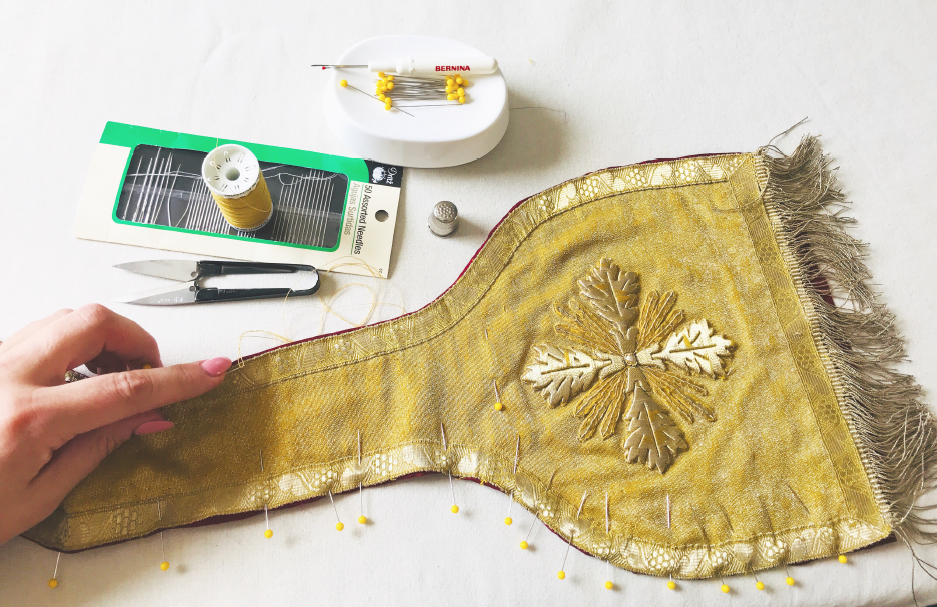
Just recently, I had the privilege of visiting the fine women of the esteemed Saint Martha’s Guild of Saint John Cantius Church in Chicago. They serve Christ by taking excellent care restoring vintage vestments, crafting new sets and repairing daily clerical attire for the good Canons Regular of Saint John Cantius parish. After my brief sojourn in their midst, I am left with a type of healing inspiration and a reassurance of everything I believe in regarding restoration of the sacred.
The pieces literally fused together while learning about the Polish professor saint. One of his miracles in particular connected the dots for me. Upon returning a shattered pot of water to a distraught poor woman who had dropped it by accident, Saint John Cantius gave it back to her in perfect condition and filled with milk, something more precious than water. Not only reminiscent of Jesus’ first miracle, it’s a powerful metaphor for restoring all things sacred. There I was, surrounded by hands that exist to serve, and each one of us with our own shattered pot (or two) to share. Transfixed before me in this little workroom, I was likewise surrounded by decades of sacred vestments patiently waiting to be returned to their original splendor and each with countless Masses served at the behest of countless men of the cloth. The threads of continuity had woven a timeless narrative of redemption.

While great moments of producing bespoke, old-world, artisan craft exists, undoubtedly the fervor will continue to gain momentum as we experience rising numbers of traditional priests and priestly fraternities, women’s orders and laity alike.
Glimpses of the reverent past seem to inspire a wide audience as much as they always have. It’s no secret that we draw up new ideas while honoring those from antiquity where an obvious truth was infused alongside aesthetic. A certain Neo-Renaissance is creating a platform for restoring the sacred, and the family of liturgical arts are working in tandem with the hard work of our priests and sisters on the front line bringing souls to Christ and nurturing authentic Catholic identity.

3
Aug

by Jill Chessman
In these times, when Catholic churches are torn down to make way for apartments and skyscrapers – or converted to serve purely secular purposes – our church leadership should draw inspiration from the early Church, which, in an effort to convert pagans, at times converted temples into churches. One of the most vivid examples of this is the Cathedral of Syracuse in Sicily, which was constructed within the walls of an ancient Greek temple of Athena.
Facing the western cathedral entrance, one sees a Sicilian baroque facade (above). But the northern wall reveals the Greek columns, architrave and triglyphs (below) – the original structure of the building. The temple of Athena was built by the tyrant Gelon to celebrate the victory over the Carthaginians at the Battle of Himera (480 BC). Thousands of prisoners of war had been enslaved, and the best craftsmen of them were selected to build the temple. The temple faced east, overlooking the harbor. A golden shield in the tympanum, reflecting the sun’s rays, served as a landmark for sailors. The temple was famous throughout the Mediterranean for its lavish decorations and treasures.
In the Byzantine period, it was converted into a church. Walls were filled into the spaces between the columns. Arches were cut into the cella, the inner room that had housed a larger than life-size statue of Athena. The building was reoriented, with the main entrance to the west, for ad orientem celebration of Mass.
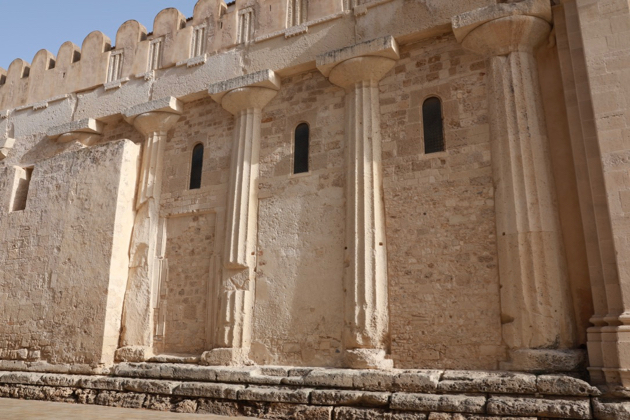
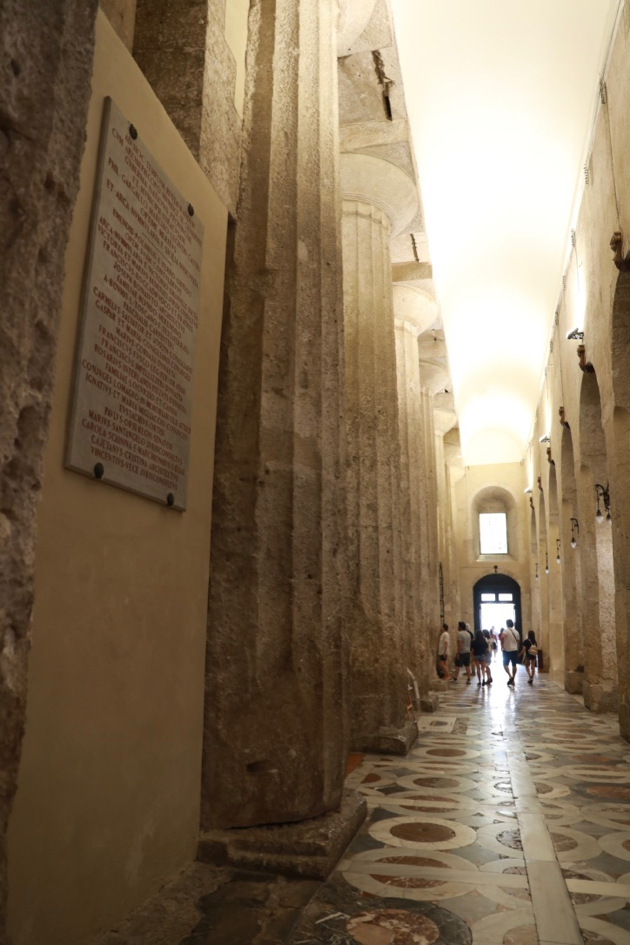
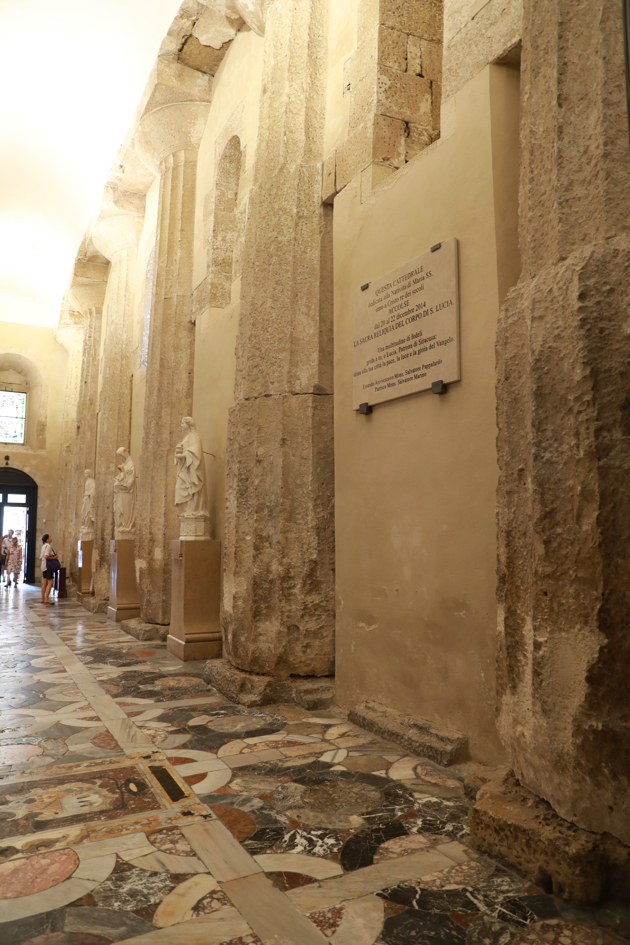
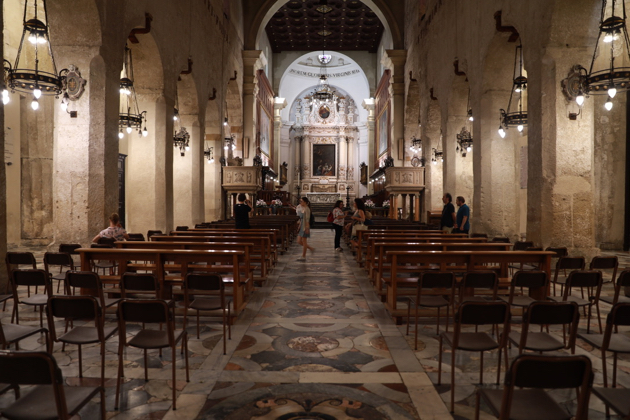
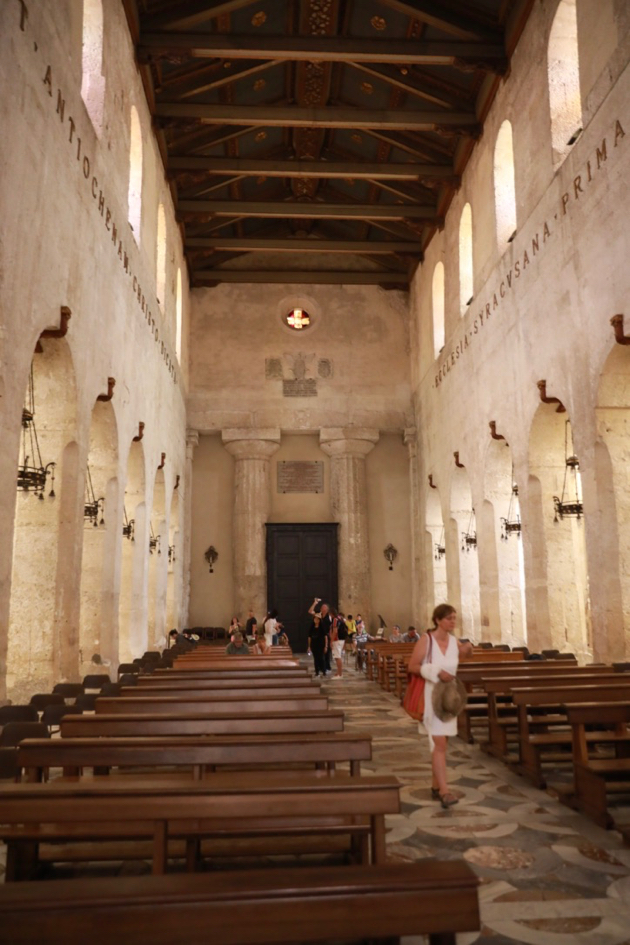
(Above) Looking west, toward the back, with two Greek columns, is the original rear of the temple. Around the nave, where the roof of the temple would have been, is a Latin inscription describing this as the oldest Christian community in Europe. “The church of Syracuse is the first daughter of divine Peter, and the first to be dedicated to Christ after Antioch.” During the Norman period (11th-12th centuries AD) the height of the nave was raised and clerestory windows added. The cathedral at one time had baroque decoration, which was largely removed in the early 20th century.
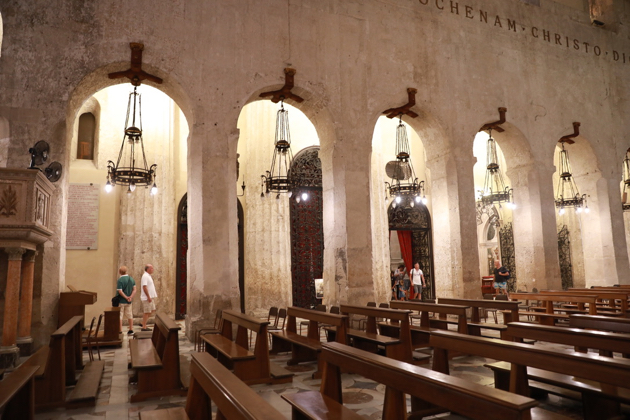

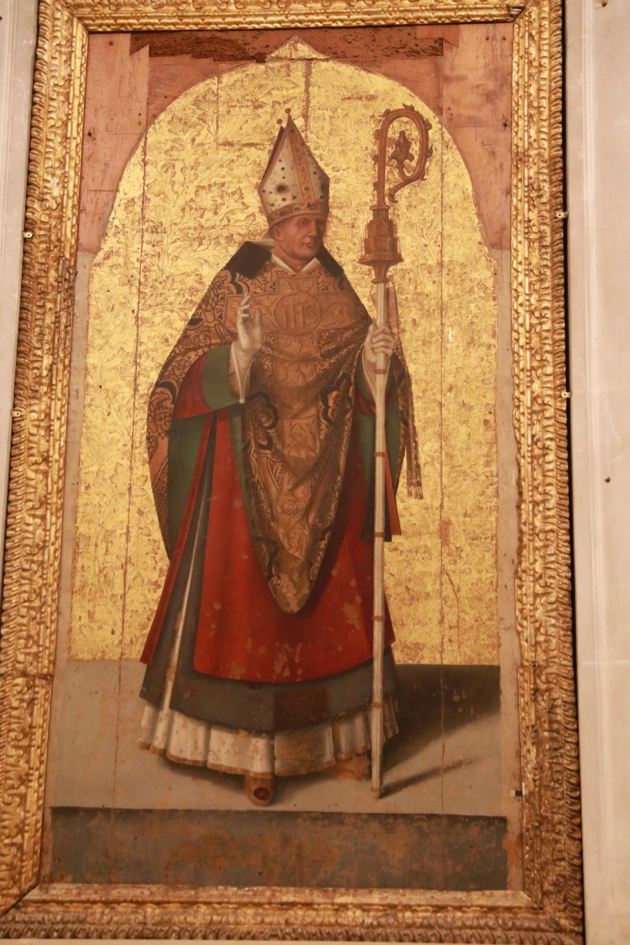
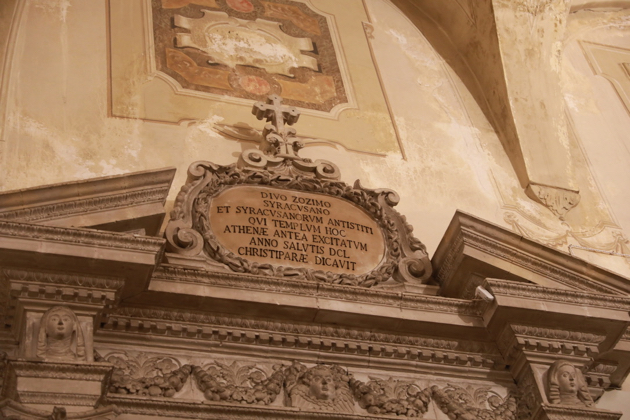

The massive earthquake of 1693, which damaged so many buildings in southern Sicily, destroyed the Norman facade. A new facade (above) in lavish Sicilian baroque style was constructed between 1728-1754.
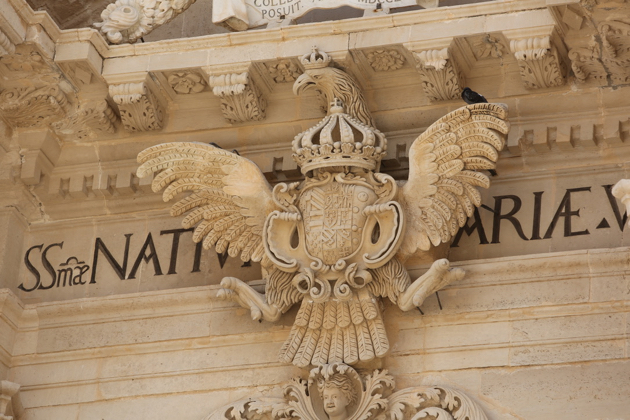
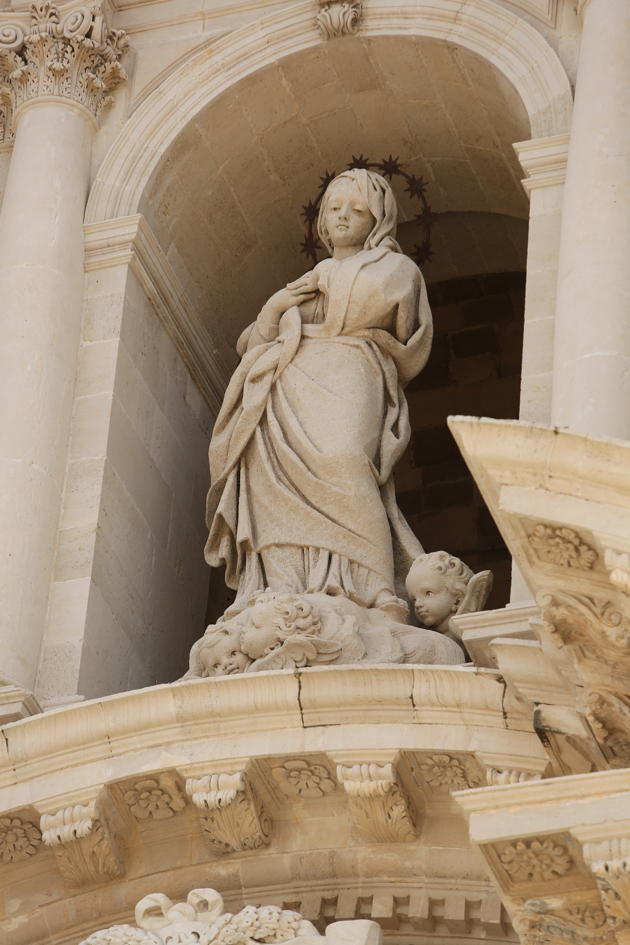
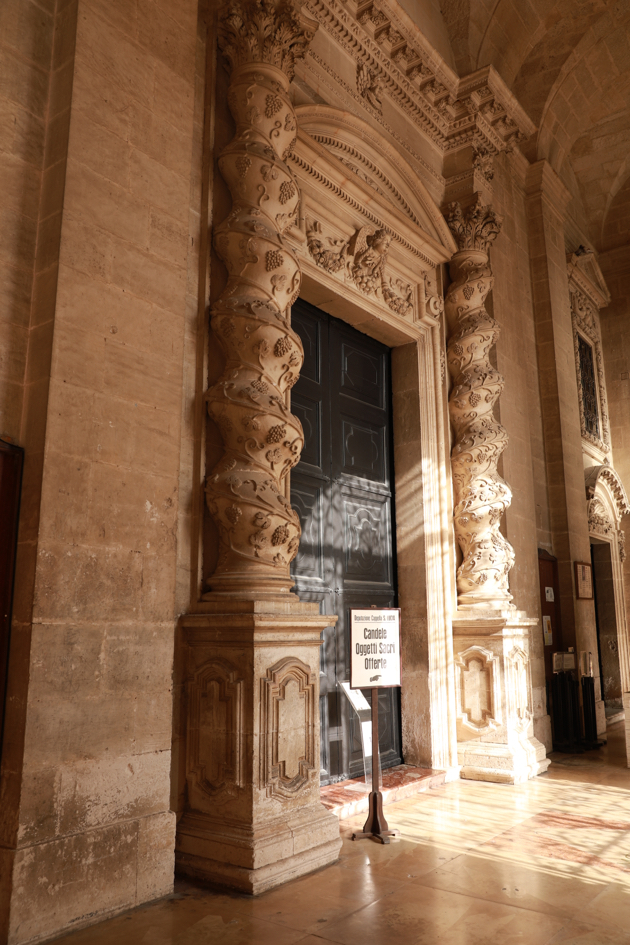



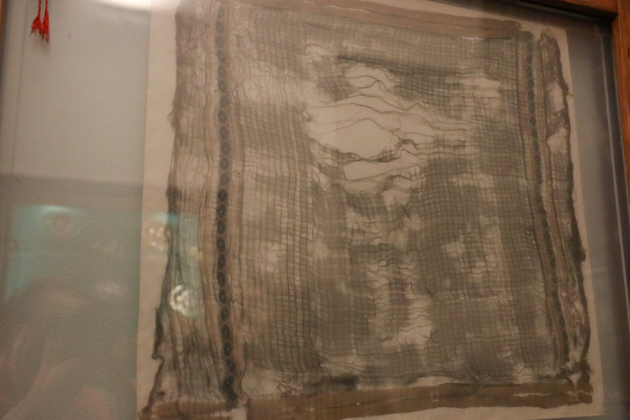
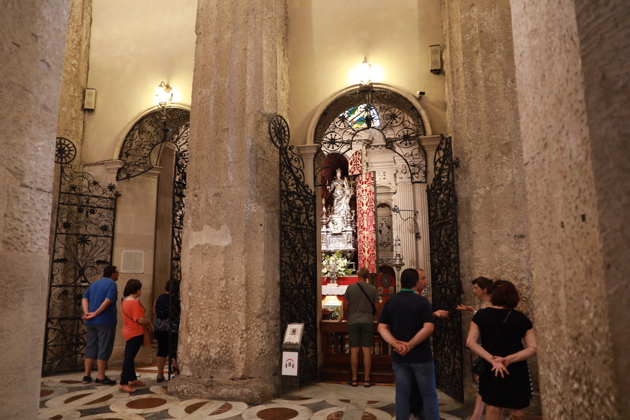
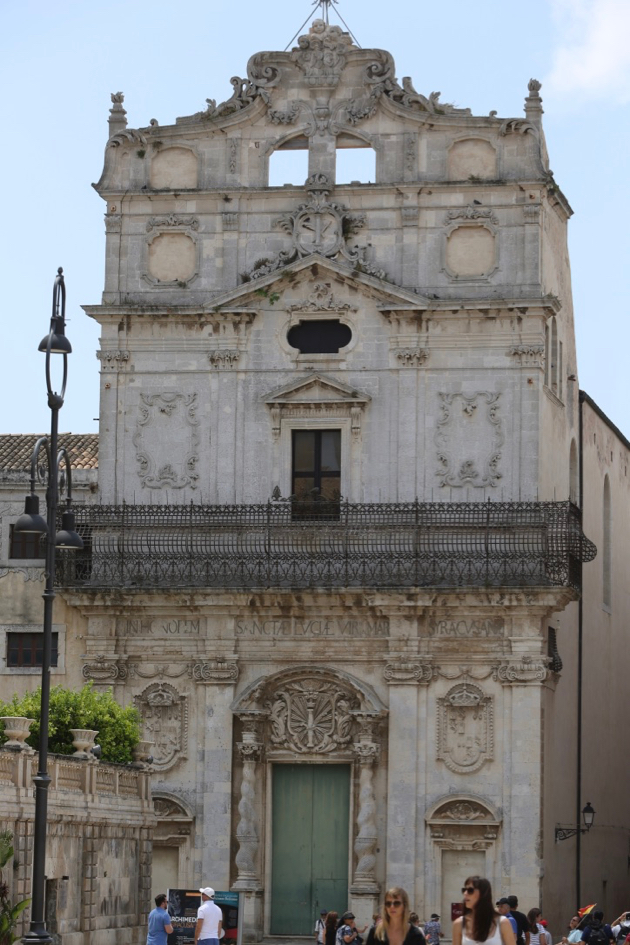
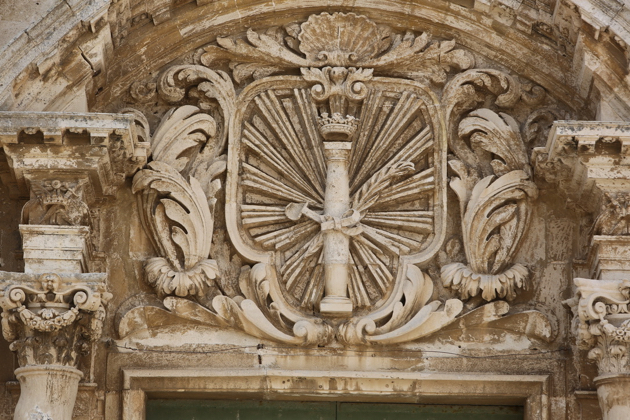
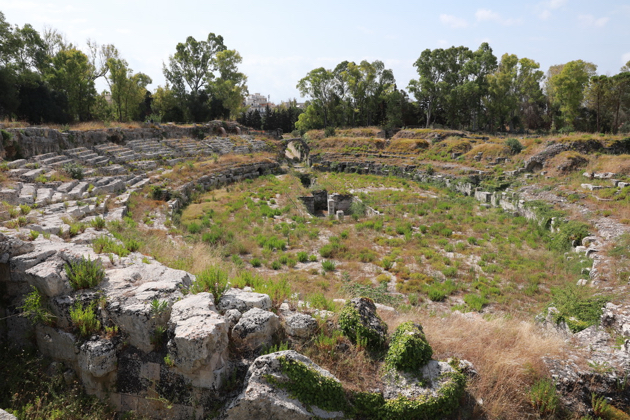
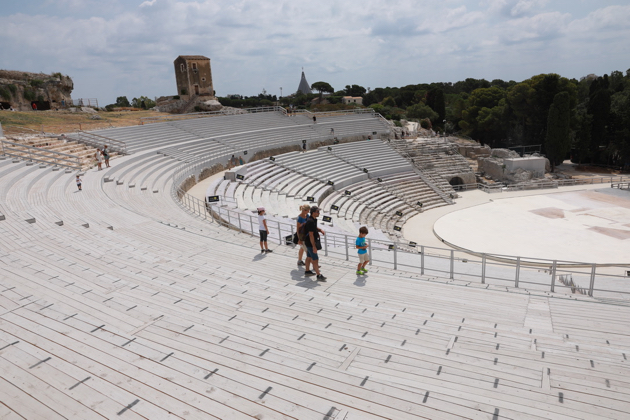
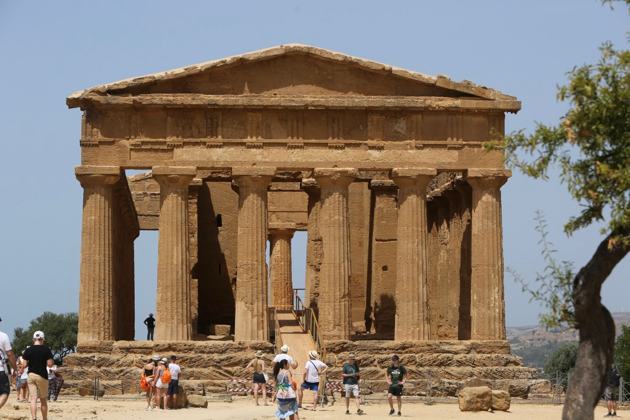
Another example in Sicily of a Greek temple that had been converted to a church is the so-called Temple of Concord in Agrigento. Built around 430 BC, the temple was converted into a church in the 6th century, dedicated to Sts. Peter and Paul. Like the cathedral of Syracuse, walls were filled in between the columns, and arches were cut into the cella (see below). But in the 18th century, this building was deconsecrated and returned to its original form as a Greek temple. The fact that this building had been a church explains its excellent preservation. It is one of the best preserved of all Greek temples.
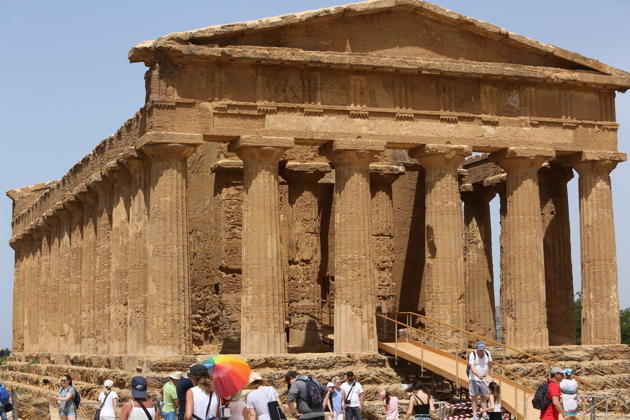
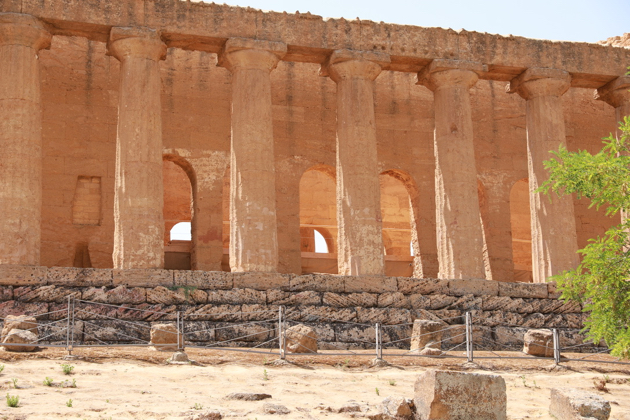
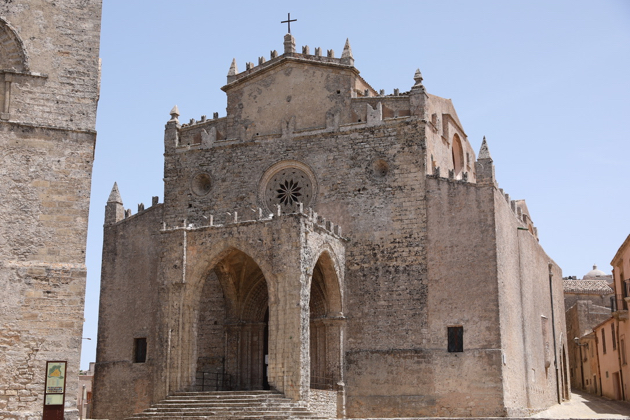
In many other places in Sicily, pagan temples were torn down and replaced with churches. In the town of Erice (the classical Eryx) is a Norman church dedicated to the Assumption of Our Lady. On the site of this church had been an elaborate Roman temple to Venus, an important cult that can be traced back to the Phoenician worship of Astarte here.
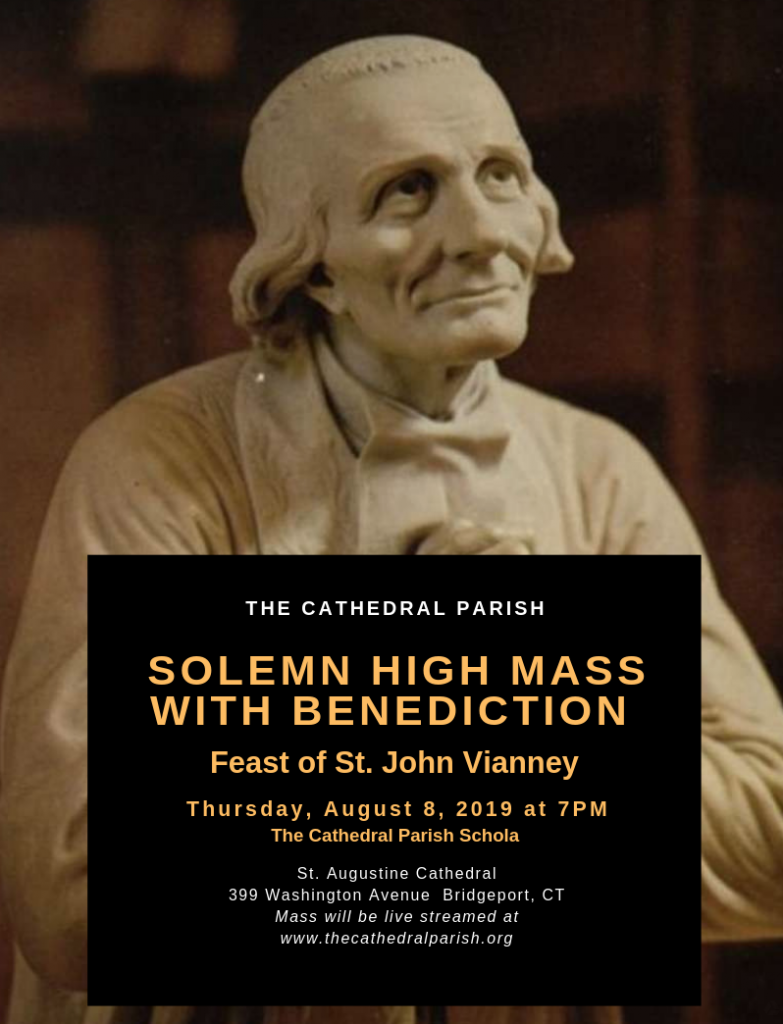
There will also be a traditional Mass for this Feast Day at St. Mary Church, Greenwich, CT, at 7:30 pm.
31
Jul
This Saturday at there will be a solemn high Mass in honor of St Rocco at 4 pm at the church of St Rocco in Glen Cove on Long Island. (Near LIRR station.)
This is part of their big annual St Rocco feast celebration with amazing food made by Italian grandmas, rides, games, etc. They have beautiful religious events every night during the feast, and this annual High Mass is the highlight.
More information about the feast: https://www.glencovecatholic.org/feast-of-saint-rocco

Contact us
Register
- Registration is easy: send an e-mail to contact@sthughofcluny.org.
In addition to your e-mail address, you
may include your mailing addresss
and telephone number. We will add you
to the Society's contact list.
Search
Categories
- 2011 Conference on Summorum Pontifcum (5)
- Book Reviews (95)
- Catholic Traditionalism in the United States (24)
- Chartres pIlgrimage (17)
- Essays (176)
- Events (670)
- Film Review (7)
- Making all Things New (44)
- Martin Mosebach (34)
- Masses (1,343)
- Mr. Screwtape (46)
- Obituaries (15)
- On the Trail of the Holy Roman Empire (22)
- Photos (347)
- Pilgrimage Summorum Pontificum 2021 (7)
- Pilgrimage Summorum Pontificum 2022 (6)
- Pilgrimage Summorum Pontificum 2023 (4)
- Sermons (79)
- St. Mary's Holy Week 2019 (10)
- St. Mary's Holy Week 2022 (7)
- St. Mary's Holy Week 2023 (7)
- St. Mary's Holy Week 2024 (6)
- Summorum Pontificum Pilgrimage 2024 (2)
- Summorum Pontificum Pilgrimage 2025 (7)
- The Churches of New York (198)
- Traditionis Custodes (49)
- Uncategorized (1,373)
- Website Highlights (15)
Churches of New York
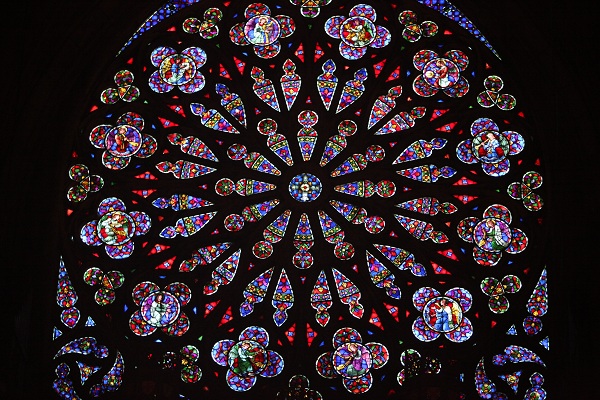
Holy Roman Empire

Website Highlights
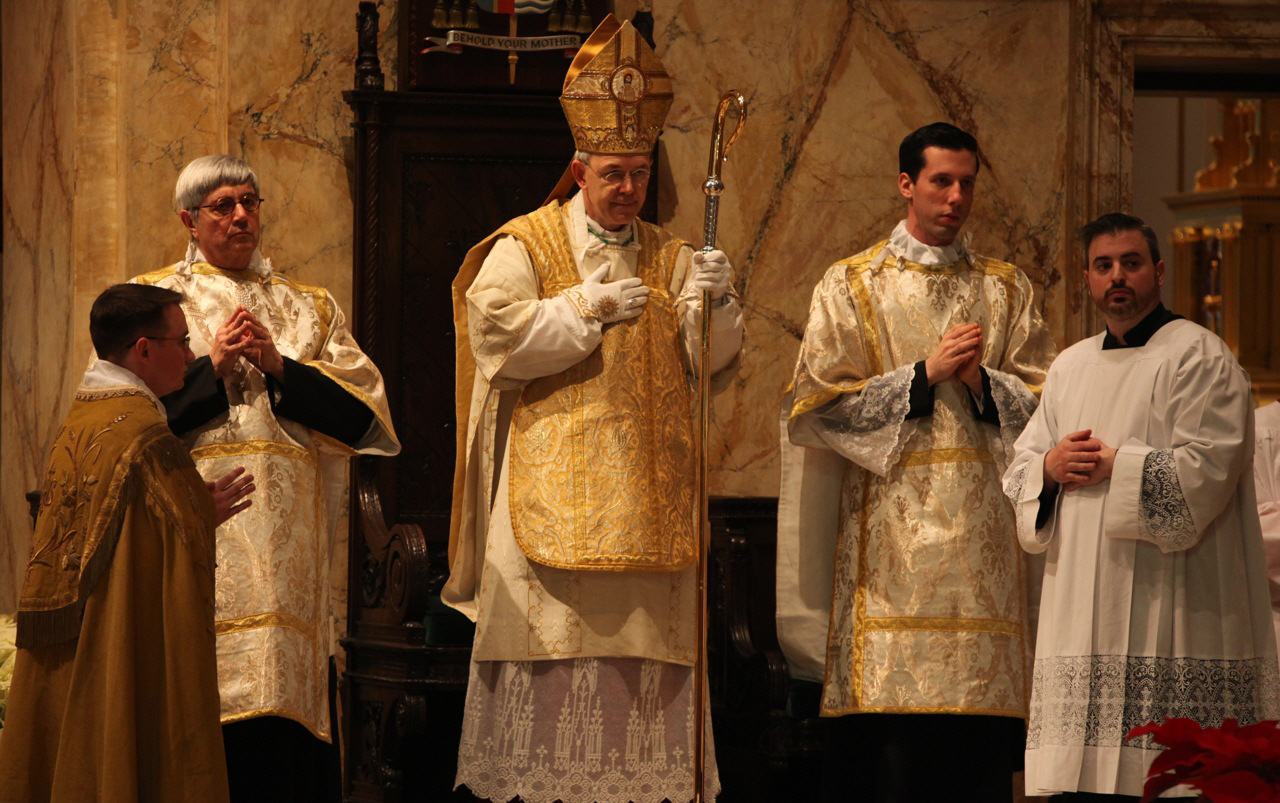
Archives

[powr-hit-counter label="2775648"]